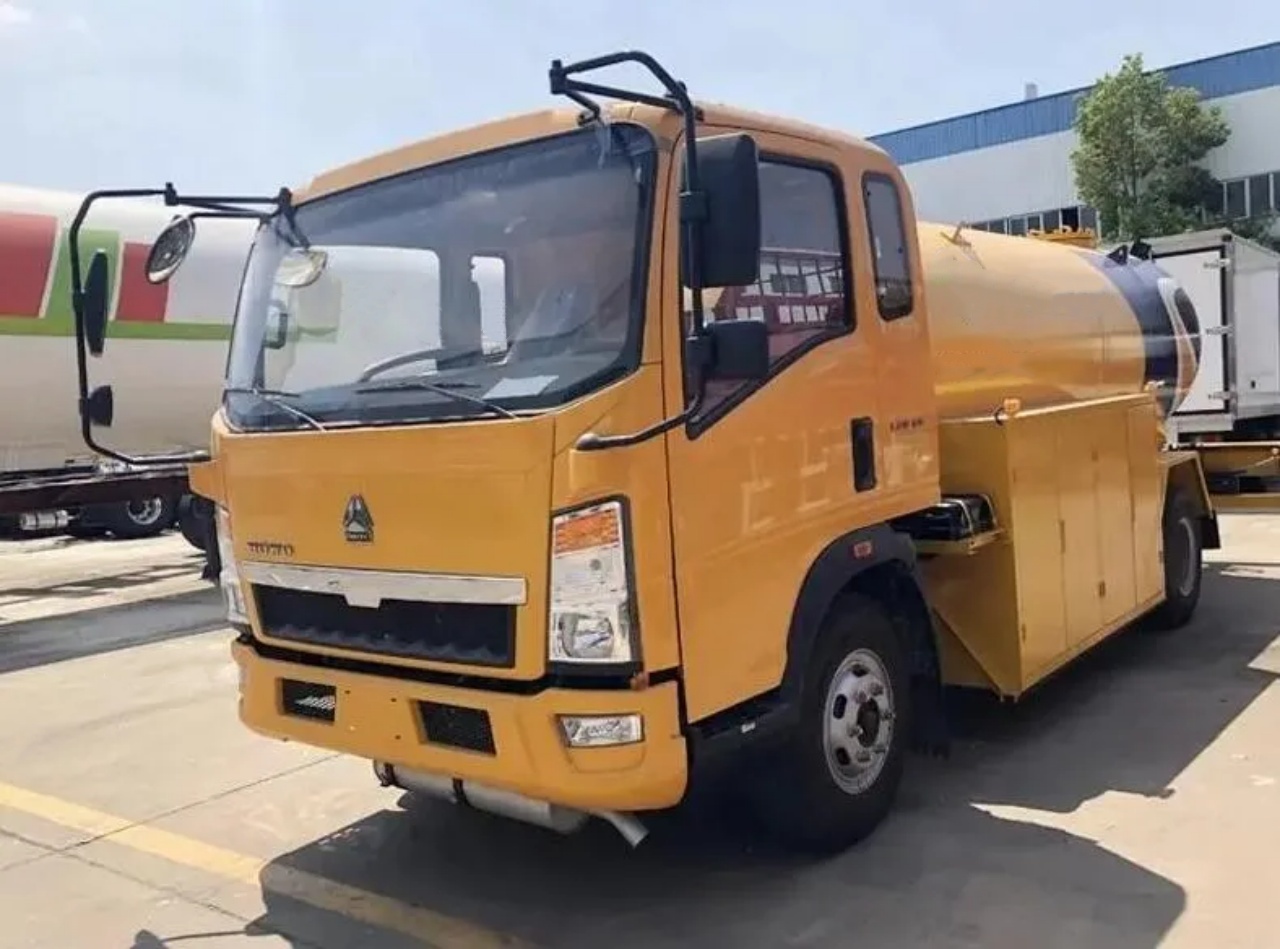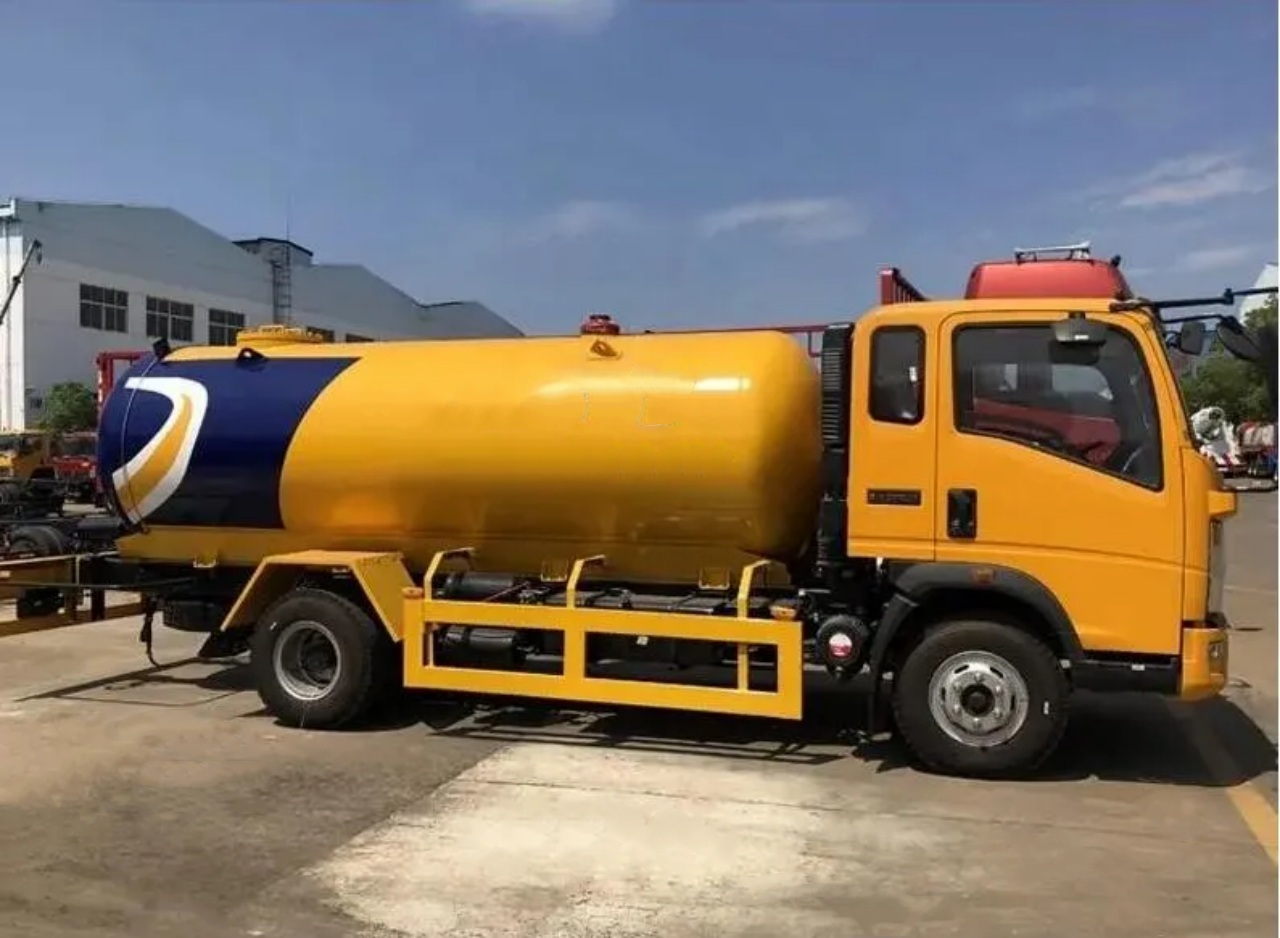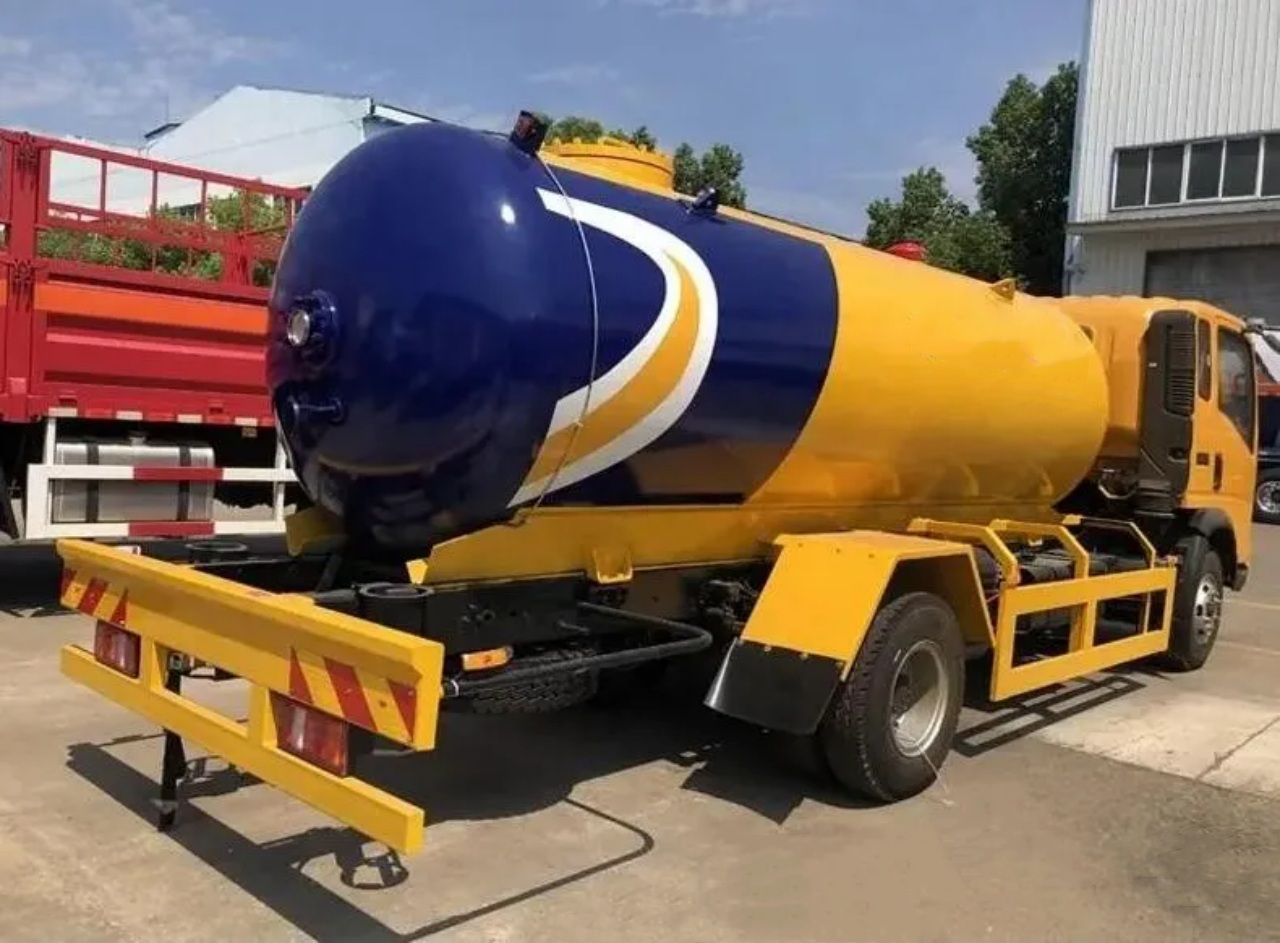The world of trucking is filled with jargon and industry-specific terms that often have colorful and interesting origins. One such term is “bobtail truck”—a phrase that may seem odd or even humorous to those unfamiliar with the industry. But for those in logistics, freight, or fuel transport, it’s a common part of everyday language. So, why do they call it a bobtail truck? To answer this, we need to explore the definition, history, uses, and the reasons behind this unique name.
What is a Bobtail Truck?
A bobtail truck refers to a tractor unit that is not attached to a trailer. In other words, it’s a semi-truck that is driving without its cargo-carrying component. This term typically applies to Class 8 trucks—the large tractor-trailers often seen on highways.
Bobtailing usually occurs when a truck driver is:
- Heading to pick up a trailer.
- Returning after delivering a trailer.
- Driving between assignments or depots.
It’s important not to confuse a bobtail truck with a straight truck, which is a single rigid vehicle with both the cab and cargo area on one frame. A bobtail truck still has a 5th-wheel coupling but isn’t hauling anything at the moment.

The Origin of the Term “Bobtail”
The term “bobtail” has roots in animal terminology, particularly referring to animals, most commonly horses or cats, that have shortened or docked tails. The word “bobtail” first appeared in the English language around the 1600s and means a short or cut-off tail.
The term became widely recognized in the classic Christmas carol “Jingle Bells,” with the lyrics:
“Bells on bobtail ring, making spirits bright…“
In this context, the horse pulling the sleigh had a short tail to prevent entanglement in the harness.
In trucking, the term “bobtail” was metaphorically borrowed. A full tractor-trailer rig is like an animal with its tail—the trailer—attached. When the trailer is removed, the truck resembles a creature without its tail, hence: bobtail. The truck is functional, but it’s missing the “tail” that it typically pulls behind.
Why Bobtailing is Significant
Bobtailing isn’t just an interesting visual—it also affects how the truck handles on the road. When a truck is bobtailing, its weight distribution is different from when it’s carrying a trailer.
Safety Considerations
Without a trailer, most of the truck’s weight is over the front steering axle, with very little on the rear drive axles. This imbalance can make braking and cornering more difficult, especially in poor weather. As a result, bobtail trucks are often harder to control, particularly during emergency stops or on wet or icy roads.
Truck drivers are trained to be cautious while bobtailing. Even though the truck is technically lighter without a load, the change in dynamics can make it riskier to maneuver in certain conditions.
Fuel Efficiency
Interestingly, bobtailing can reduce fuel efficiency. Although the truck isn’t pulling a heavy load, the engine is still running a large vehicle that’s not optimized for aerodynamics or balance in this configuration. Fuel consumption can sometimes be worse than with a loaded trailer.
Regulatory Impacts
Some states and municipalities regulate truck routes and permissions differently based on whether the truck is bobtailing or pulling a trailer. Additionally, insurance policies may factor in the risks of bobtail operation separately from standard hauling.

Different Types of Bobtail Trucks
While the classic definition refers to a tractor without a trailer, “bobtail truck” can also describe certain types of trucks used in specialized industries, particularly in fuel and gas delivery.
Propane or LPG Bobtail Trucks
In the fuel industry, a bobtail truck refers to a medium-duty truck (often with a straight frame) fitted with a pressurized tank for delivering liquefied petroleum gas (LPG). These vehicles are essential for residential and commercial propane delivery.
Despite not being “bobtailed” in the same sense as a semi-truck without a trailer, these vehicles adopted the term because they are self-contained, without a trailer, and their rounded tank shapes are reminiscent of a “tail-less” design.
Is Bobtailing Common?
Yes, bobtailing is fairly common in the trucking industry. Many drivers begin or end their day bobtailing between yards, customers, or terminals. It’s a natural part of logistics and routing. Some carriers may even schedule bobtail runs if a truck is needed elsewhere but no load is available at the moment.
Despite its frequency, bobtailing is often viewed as a non-revenue-generating movement, since the truck is traveling empty. Logistics managers aim to minimize bobtail miles to reduce operating costs and improve overall fleet efficiency.

Related Trucking Terms
If you’re new to trucking or just interested in learning more, here are a few terms often associated with or confused with bobtailing:
- Deadhead: Driving a truck with an empty trailer. Unlike bobtailing, the trailer is still attached, just without cargo.
- Pigtail: The coiled electrical cable that connects a trailer’s lights and signals to the tractor, somewhat ironically named considering our topic.
- Sleeper Cab: A truck cab with a built-in sleeping area. A bobtail truck can have a sleeper cab, but it’s still considered a bobtail if it has no trailer.
The Cultural Quirk of the Trucking World
Like many terms in the trucking industry, “bobtail” reflects a combination of visual metaphor, practicality, and linguistic evolution. The name stuck because it made sense to early truckers and conveyed the right image. Over time, it became standardized across the industry.
Even today, it’s a term that evokes both imagery and utility: a big, tough machine that’s temporarily without its usual burden, rolling down the road “tailless,” yet still very much in action.

Conclusion
So, why do they call it a bobtail truck? It all comes down to visual metaphor and historical usage. Just as a bobtailed horse has a short tail, a truck without its trailer looks like it’s missing something—its tail. The term stuck in both everyday and technical language, evolving into a common expression for a tractor traveling without a trailer.
In the trucking world, bobtailing is both a regular part of operations and a unique driving condition that demands caution and skill. It’s a great example of how language, culture, and practical work intersect in the transportation industry. And next time you see a semi-truck cruising without its trailer, you’ll know exactly why it’s called a bobtail.

